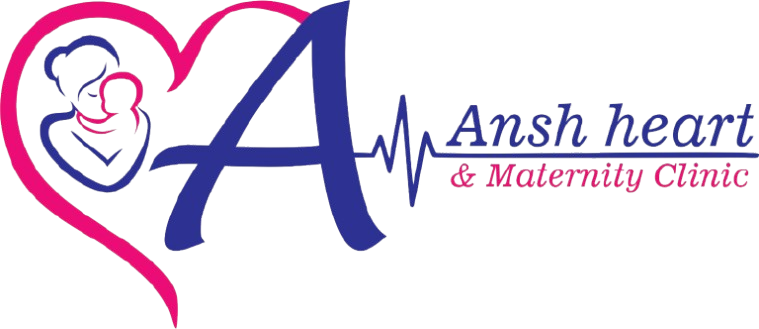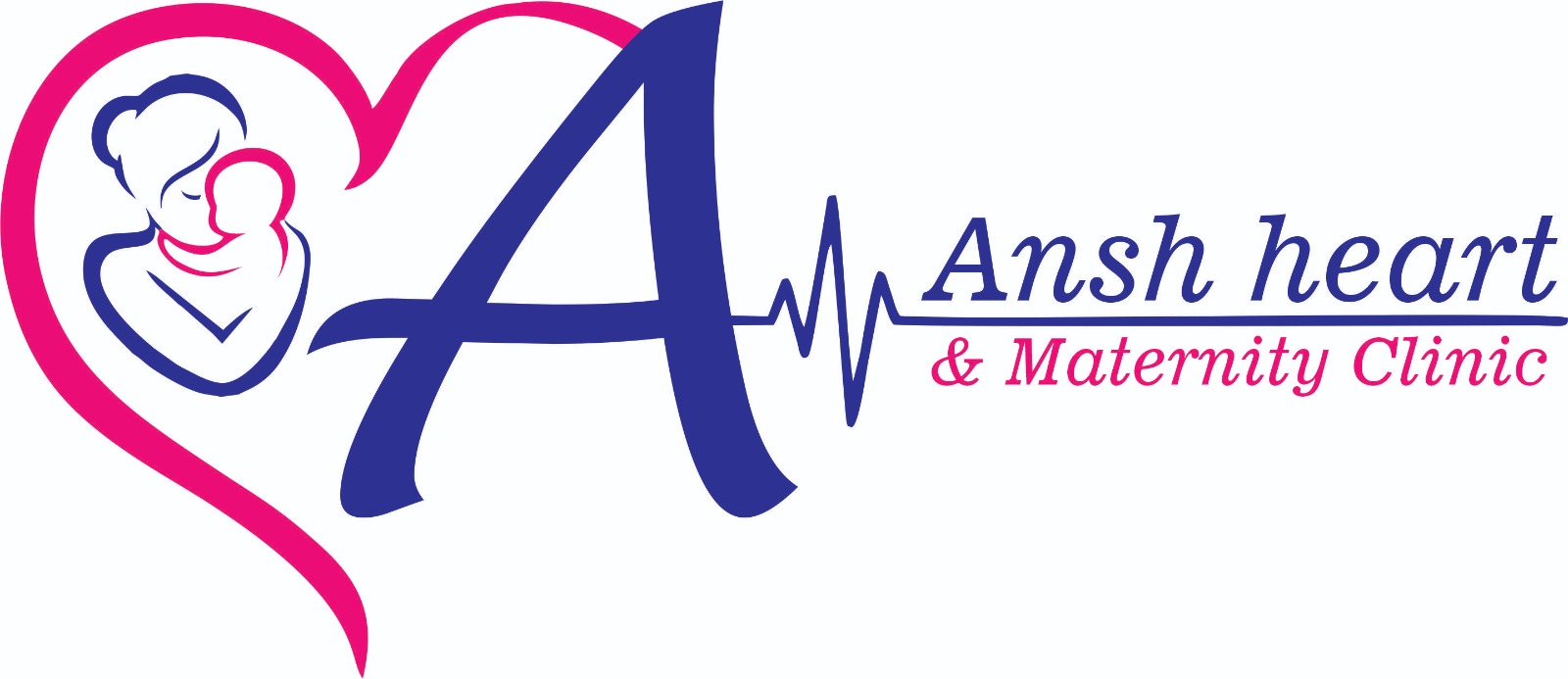
Renal and Peripheral Artery Stenting are interventional procedures used to treat blockages or narrowing of arteries that supply blood to the kidneys (renal arteries) or the legs and other peripheral areas of the body (peripheral arteries). These procedures are often done to improve blood flow, reduce symptoms, and prevent complications such as organ damage or limb loss.
1. Renal Artery Stenting:
Renal artery stenting is performed when there is narrowing or blockage of the renal arteries, which supply blood to the kidneys. This condition is called renal artery stenosis, and it can lead to a range of serious issues, including high blood pressure (hypertension), kidney dysfunction, or kidney failure.
Causes of Renal Artery Stenosis:
- Atherosclerosis: The most common cause, where plaque buildup in the arteries restricts blood flow.
- Fibromuscular Dysplasia (FMD): A non-atherosclerotic condition that causes abnormal growth in the arterial wall, often affecting younger women.
- Aneurysms or emboli: Less common causes include blockages due to blood clots or arterial aneurysms.
Symptoms of Renal Artery Stenosis:
- Hypertension (High Blood Pressure): Often difficult to control with medication.
- Kidney Dysfunction: Decreased kidney function or kidney failure.
- Flash Pulmonary Edema: Sudden accumulation of fluid in the lungs due to poor kidney function.
- Progressive Kidney Disease: If left untreated, renal artery stenosis can lead to chronic kidney disease.
Procedure for Renal Artery Stenting:
Renal artery stenting involves inserting a stent (a small mesh-like tube) into the narrowed or blocked renal artery to reopen it and restore normal blood flow. Here’s how the procedure generally works:
- Catheterization: A catheter is inserted through a small incision, typically in the groin or wrist, and guided through the arteries to the renal artery.
- Balloon Angioplasty: A balloon catheter may be used initially to expand the narrowed artery. In some cases, the balloon may also deliver the stent.
- Stent Deployment: The stent is placed at the site of the blockage to keep the artery open, ensuring better blood flow to the kidney.
- Post-Procedural Care: Patients typically stay in the hospital for a short time, and medications like blood thinners may be prescribed to prevent clot formation around the stent.
Benefits of Renal Artery Stenting:
- Improved Blood Flow: Restores proper blood flow to the kidneys, which can improve kidney function and potentially reverse kidney damage caused by poor blood supply.
- Better Blood Pressure Control: Can help control hypertension that is resistant to medication.
- Reduced Risk of Kidney Failure: Helps prevent the progression of kidney disease.
Risks of Renal Artery Stenting:
- Stent Migration or Occlusion: The stent may move or become blocked again over time.
- Renal Artery Dissection: A tear in the artery wall.
- Infection or Bleeding: As with any invasive procedure, there is a risk of infection or bleeding.
- Embolism: Blood clots or plaque can break off and travel to other parts of the body.
2. Peripheral Artery Stenting:
Peripheral artery disease (PAD) is the narrowing or blockage of arteries in the peripheral regions of the body, commonly in the legs. This is usually caused by atherosclerosis, where plaque builds up in the arteries, leading to reduced blood flow to the limbs. PAD can cause symptoms like leg pain, fatigue, and in severe cases, non-healing wounds or even limb loss.
Causes of Peripheral Artery Disease:
- Atherosclerosis: The most common cause of PAD, leading to plaque buildup and narrowing of arteries.
- Smoking: A major risk factor for PAD, as it accelerates the process of atherosclerosis.
- Diabetes: High blood sugar can contribute to the development of PAD.
- Hypertension and High Cholesterol: These conditions can also increase the risk of atherosclerosis and PAD.
Symptoms of Peripheral Artery Disease:
- Intermittent Claudication: Pain in the legs during walking or exercise, which goes away with rest.
- Rest Pain: Pain in the legs or feet even when not active, especially at night.
- Non-Healing Ulcers: Wounds or sores on the legs or feet that are slow to heal due to poor circulation.
- Cold or Pale Legs: Legs that feel cold to the touch or look pale, indicating reduced blood flow.
Procedure for Peripheral Artery Stenting:
Peripheral artery stenting is used to treat significant blockages in the arteries of the legs or other peripheral areas. The procedure is similar to coronary artery stenting:
- Catheterization: A catheter is inserted through a small incision in the groin, arm, or knee, and advanced to the affected peripheral artery.
- Balloon Angioplasty: A balloon is inflated at the site of the blockage to open up the artery.
- Stent Deployment: A stent is placed at the site of the blockage to keep the artery open and restore normal blood flow.
- Post-Procedure Care: After the procedure, the patient may need to take blood-thinning medications to prevent clot formation and follow up with imaging to ensure the stent remains open.
Benefits of Peripheral Artery Stenting:
- Improved Circulation: Restores blood flow to the affected limb, improving symptoms like pain and fatigue.
- Increased Mobility: Reduces leg pain, enabling patients to walk and exercise more comfortably.
- Wound Healing: Increases blood flow to areas with ulcers or non-healing sores, improving the healing process.
- Prevention of Limb Amputation: In severe cases of PAD, stenting can help prevent limb loss due to inadequate blood supply.
Risks of Peripheral Artery Stenting:
- Restenosis: The artery may narrow again over time, requiring another procedure.
- Stent Migration or Thrombosis: The stent may move or become blocked by blood clots, which can affect blood flow.
- Infection or Bleeding: There is always a risk of infection or bleeding at the catheter insertion site.
- Dissection or Damage to the Artery: In rare cases, the artery may tear or be damaged during the procedure.



